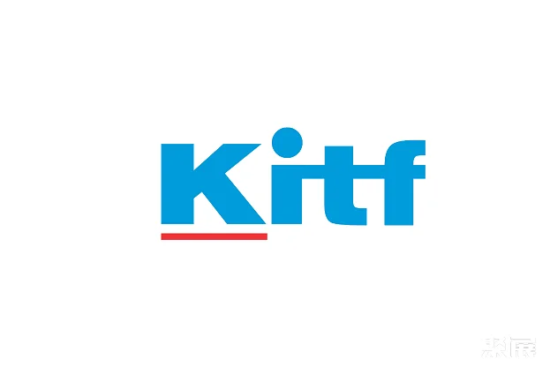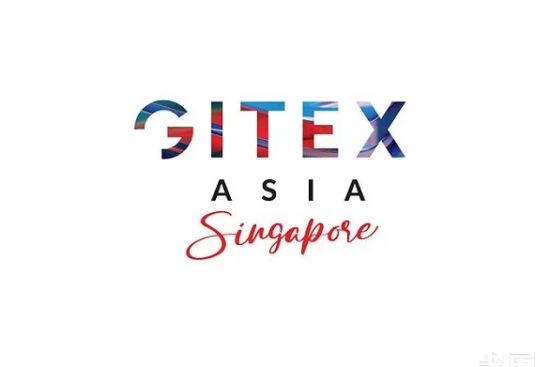
The popular compact hatchback Suzuki Swift has received a disappointing one-star safety rating from the Australian New Car Assessment Program (ANCAP) in the latest round of testing. The results highlight concerns about the vehicle’s crash safety performance and lack of advanced safety features, raising questions about its competitiveness in global markets.
Why is the score low?
Swift’s low rating stems primarily from its poor performance in key safety categories:
- adult occupant protection: Swift scored only 47% in this category. While the cabin structure remained relatively stable in the frontal offset crash test, ANCAP noted that the level of protection for adult occupants’ chests and legs was unsatisfactory.
- child occupant protection: With a score of 59%, the Swift failed to provide adequate protection for young passengers, especially in side-impact crashes. The limited availability of ISOFIX anchors in all variants also contributed to the lower score.
- Protection of vulnerable road users: The car scored 54% in this category, reflecting concerns about the safety of pedestrians and cyclists in the event of a collision. The design of the front structure has been criticized for its limited energy absorption capacity.

Industry and consumer reaction
The one-star rating contrasts with the Swift’s reputation as a popular, affordable city car. Safety experts are concerned, especially given the growing emphasis on overall safety in small cars. Consumers are increasingly looking for vehicles that balance affordability with robust safety systems, and the Swift seems to have lost the balance with this iteration.
Critics point out that class rivals such as the Toyota Yaris and Hyundai i20 outperform the Swift in safety assessments, receiving higher ANCAP ratings due to better safety kit and greater structural integrity.
Global differences in safety standards
Interestingly, Suzuki Swift models in different regions are equipped with different safety features based on local regulations and market demand. For example, Swift models sold in Europe often include more advanced safety technology, allowing them to earn better safety scores under Euro NCAP. This disparity highlights the need for standardized security features across all markets.


What this means for the future of Swift
ANCAP’s one-star rating is expected to impact Swift’s market perception in regions such as Australia and New Zealand, where safety ratings play an important role in purchasing decisions. Suzuki may be under pressure to introduce updates, such as integrating ADAS features across all trims and improving structural design, to regain consumer confidence.
As for India, the 2024 Swift has not been tested by BNCAP or GNCAP. On the other hand, the Suzuki Dzire sold in India scored an impressive 5-star rating in the GNCAP test. Of course, customers expect Swift to perform well in testing as well. However, we will have to wait and see how the India-spec model turns out until it is actually sent for testing.











Leave a Reply Cancel reply
You must be logged in to post a comment.